cover photo by S.roberto1966
 The information about this location have been automatically translated with Microsoft Translator. The information about this location have been automatically translated with Microsoft Translator. Rank : 7.3 (average on 22 votes)Coordinates : 45.015393,8.945146 ( Open in Google Maps) Subjects : Despite the Park does not yet have adequate infrastructure (shelters, screening) for the observation of BIRDS without running the risk of causing disorder and to move away, offers birdwatchers and photographers the chance to make a number of interesting sightings. Due to its characteristic of ecological island, the park attracts many migrating birds and is an area ideal stopover. The area is subject to continuous and systematic monitoring since 1973, all of which made ??it possible to draw up a 'check-list' of no less than 268 species capable of conferring the status of national importance (for more information see "birding "on the official website). Mammals are among the Faina and weasels, hedgehogs, the Mole and the Shrew, including small rodents the Dormouse, the Vole land and the rare red squirrel. Other subjects that allow great photo opportunities are INVERTEBRATES, especially butterflies and dragonflies, beetles but also as the Kite and the Rhinoceros Beetle and several species of Hymenoptera. In spring and summer the owners of the marsh areas are AMPHIBIANS, from which you can observe the common toad, the toad, the frog, the green frog, Rana agile, and beautiful crested newt and newt. REPTILES are mainly represented by the sand lizard, and the Saettone Natrice from the collar. For fans of LANDSCAPE photographic opportunities are many, from different vantage points in the park you can search for effects related to water, or to the large space occupied by the sky, or you can just to a few micro-environment marsh or forest.Recommended equipment : the main perimeter of the Park, in the car, the fauna is usually used in the presence of motorized vehicles, while it is easier to alarm if you walk along the road, especially if it comes from the paths allowed. If you follow the basic rules that every nature photographer should observe the birds can also stay at a reasonable distance, but we recommend the use of a telephoto lens of at least 300mm, preferably multiplied and stabilized. Butterflies and dragonflies are easy to photograph with any macro lens, preferably type zoom to cover any distance due to the presence of ditches. For landscape photos suggest a very bright wide angle, accompanied by the use of different types of filters to counter and soften the lights in some places and at certain times of the day are very hard, or to lengthen the shutter speed so to search for particular effects of light and movement.Best months : The birds frequent the park all year round, but the best opportunities are mainly in spring and autumn, at the respective migrations. Butterflies and dragonflies are present in large quantities, particularly from April to September, depending on the species. During the season the wetlands and forest, with the landscapes of the countryside around them, you change all the time, offering lots of interesting and great photo opportunities, especially if caught in the early morning or in the evening, perhaps with the help of beautiful weather events such as the autumn fog or snow winter or even a rainbow emerged from a spring rain.How to get there : From Milan (50 km): Milano - Serravalle (A7) towards Genova, exit Casei Gerola, follow signs Voghera junction with Silvano Stone. From Genoa (60 km): Milano - Serravalle (A7) towards Milan exit Casei Gerola, follow signs Voghera junction with Silvano Stone. From the Torino-Piacenza (5 km): exit Voghera, follow Casei Gerola to the junction for Silvano Stone. Once embarked on the fork for Silvano Stone (SP 12), take the first road on the right: you have entered the park the Coots!Visits : The park is always open, there are no opening and closing, you can freely visit all year round. The volunteers of the "Friends of the Park Coots" in 2007 triggered a welcome visitors with the public opening of the visitor center: hourly from 14:00 to 18:00 (every day in April and May). Guided tours outside the fixed hours (please order). All services are free to the public.Notes : The P.L.I.S. "The Coot" is a natural oasis located in the municipality of Casei Gerola (PV), which is responsible, in the context of the International Waterfowl Census (IWC) since 1994. The park is located in the province of Pavia, in a strategic position at the heart of the Po Valley, between the town of Casei Gerola and Silvano Stone and has an area of ??70 hectares. The Park includes some caves fed by ground water, the result of the mining of clay that have gradually taken natural features. The particular geographical position, which puts the park near the migratory routes of many birds, gives it a special interest from the point of zoological, considering the variety of environments with the presence of water bodies more or less deep and wooded areas, all 'inside of a large area used for intensive agriculture. This peculiarity has often been the subject of focused research, dedicated to the study of birds. The park is an important haven for biodiversity in highly degraded land flat Oltrepò Pavia. It is a real "step-stone", an island of biodiversity in the midst of intensive agriculture, but not far from the ecological corridor represented by the river Po, not far from the park. The variety of environments that characterize it is reflected in the high number of plant and animal species that live there. | | Nearby:  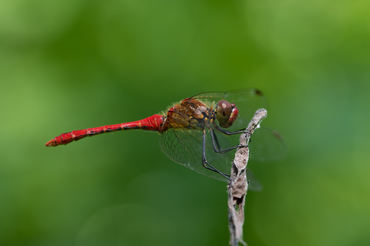 Parco Palustre di Lungavilla 10 km
  Siccomario 23 km
  Pavia 25 km
  Garbagna 26 km
  Belcreda (parte del Parco del Ticino) 28 km
  Alessandria 29 km
|

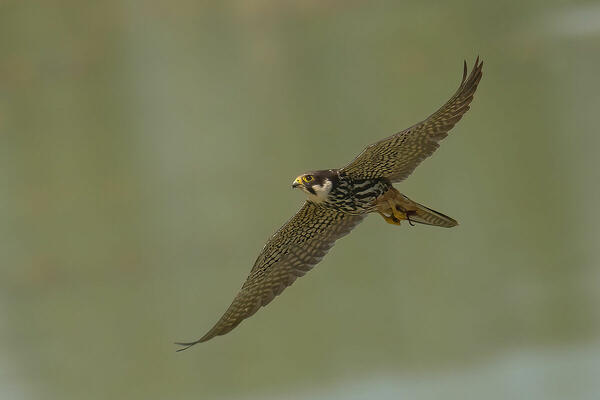
![[retina]](shared_files/layout/retina_badge.jpg)
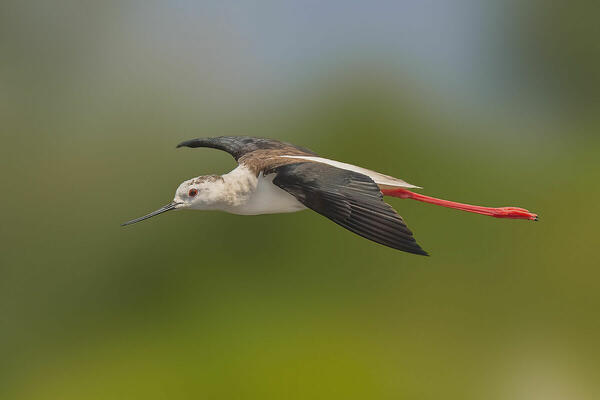
![[retina]](shared_files/layout/retina_badge.jpg)
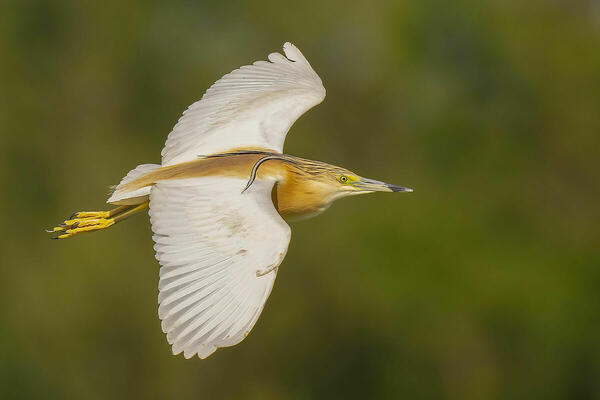
![[retina]](shared_files/layout/retina_badge.jpg)
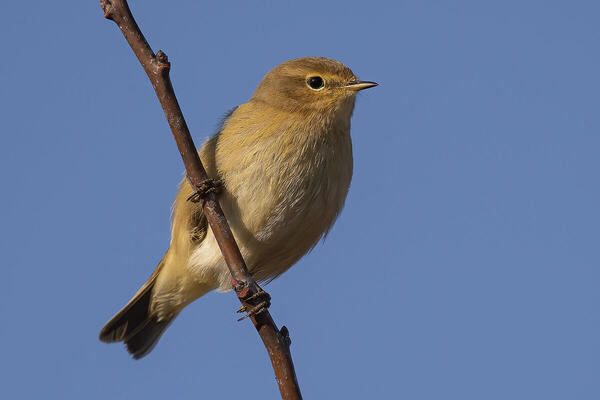
![[retina]](shared_files/layout/retina_badge.jpg)
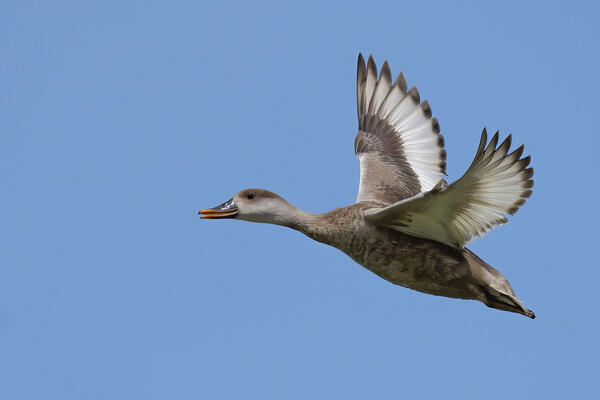
![[retina]](shared_files/layout/retina_badge.jpg)
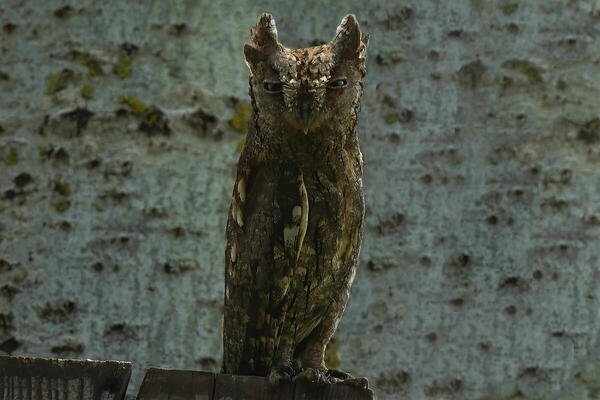
![[retina]](shared_files/layout/retina_badge.jpg)

![[retina]](shared_files/layout/retina_badge.jpg)
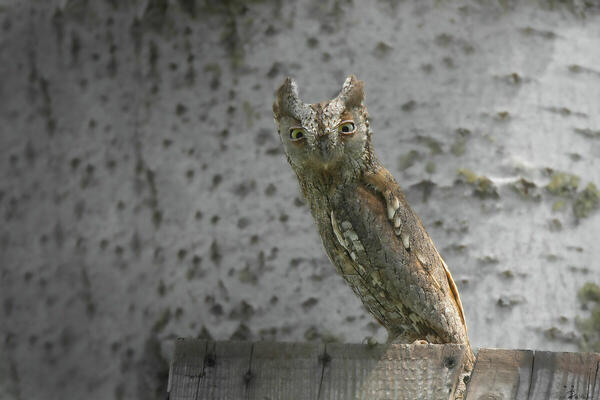
![[retina]](shared_files/layout/retina_badge.jpg)

![[retina]](shared_files/layout/retina_badge.jpg)
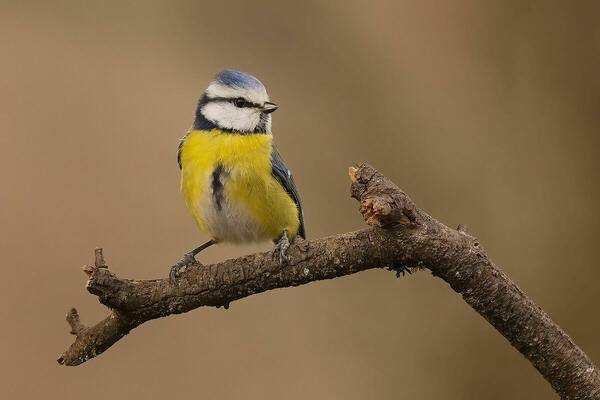
![[retina]](shared_files/layout/retina_badge.jpg)

![[retina]](shared_files/layout/retina_badge.jpg)
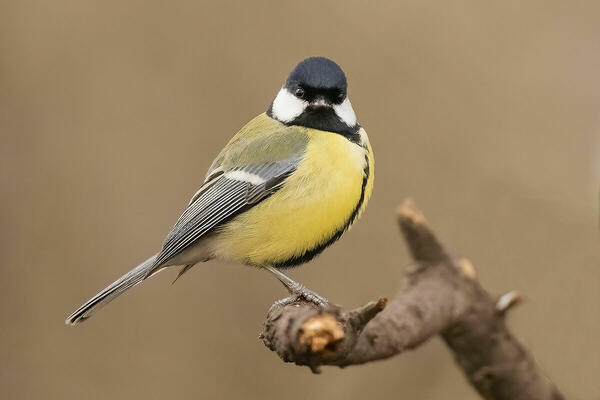
![[retina]](shared_files/layout/retina_badge.jpg)
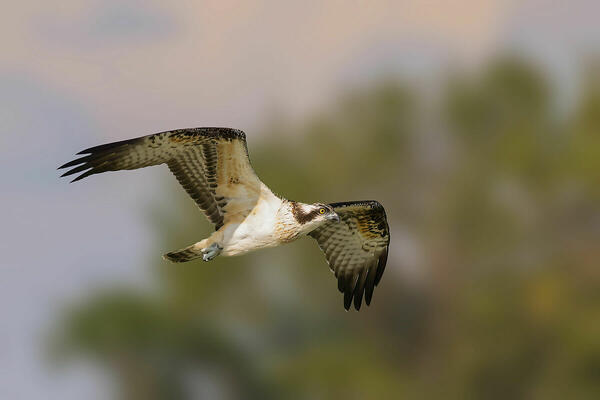
![[retina]](shared_files/layout/retina_badge.jpg)
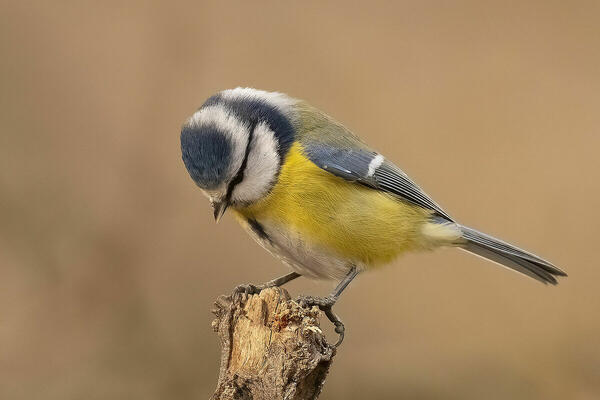
![[retina]](shared_files/layout/retina_badge.jpg)

![[retina]](shared_files/layout/retina_badge.jpg)
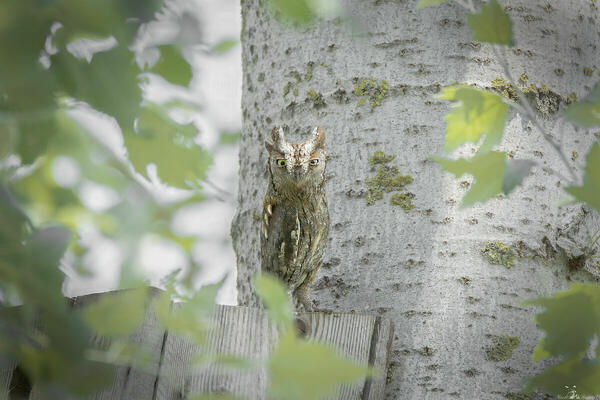
![[retina]](shared_files/layout/retina_badge.jpg)
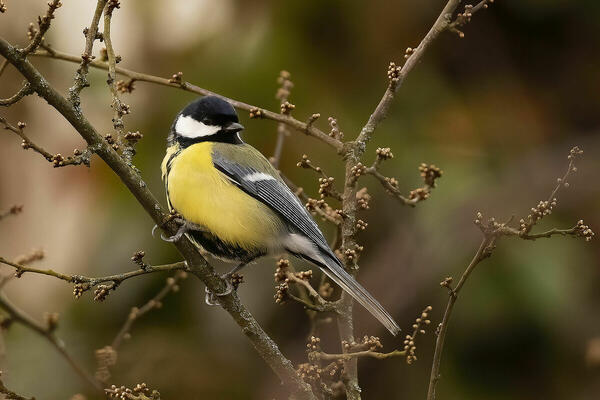
![[retina]](shared_files/layout/retina_badge.jpg)
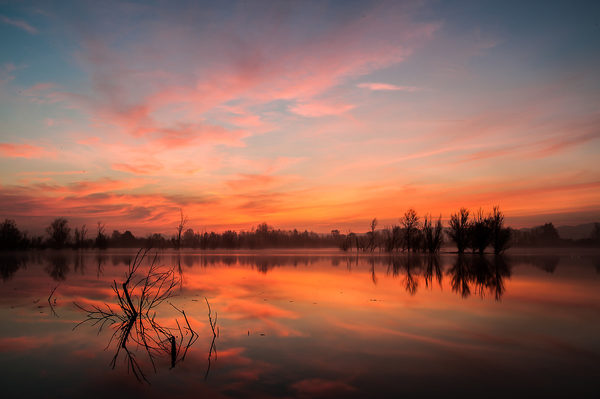
![[retina]](shared_files/layout/retina_badge.jpg)
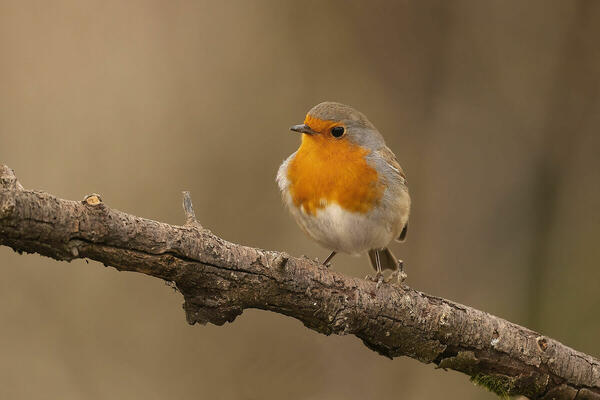
![[retina]](shared_files/layout/retina_badge.jpg)
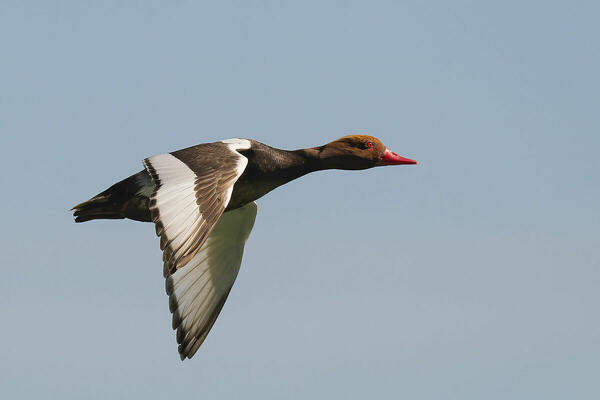
![[retina]](shared_files/layout/retina_badge.jpg)
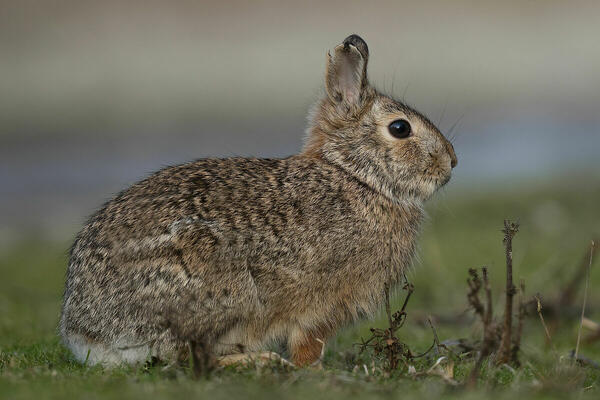
![[retina]](shared_files/layout/retina_badge.jpg)
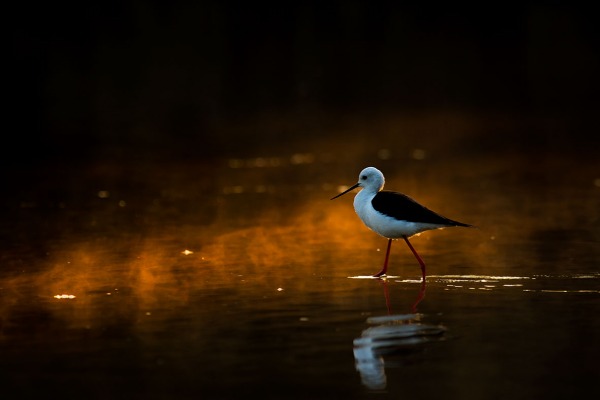
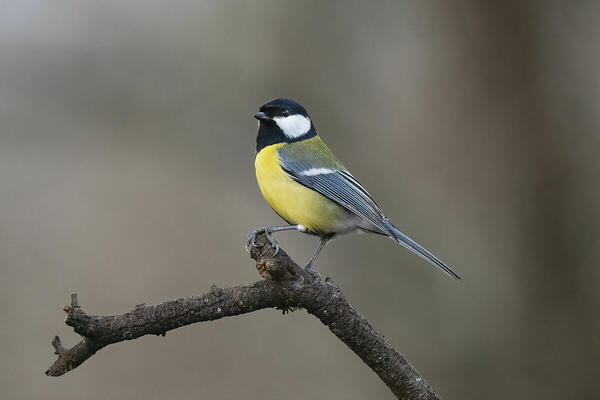
![[retina]](shared_files/layout/retina_badge.jpg)
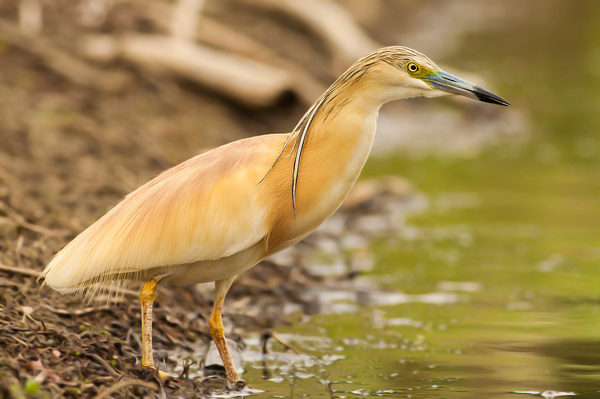
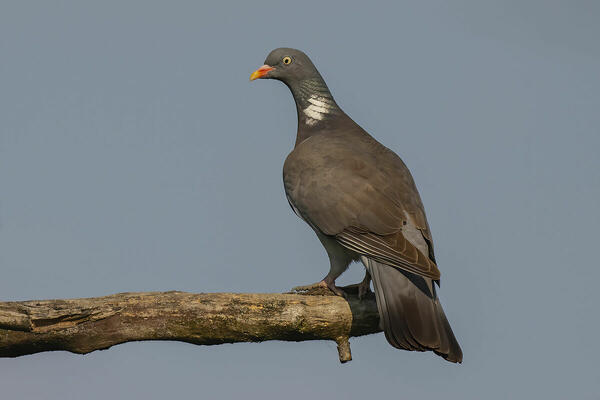
![[retina]](shared_files/layout/retina_badge.jpg)
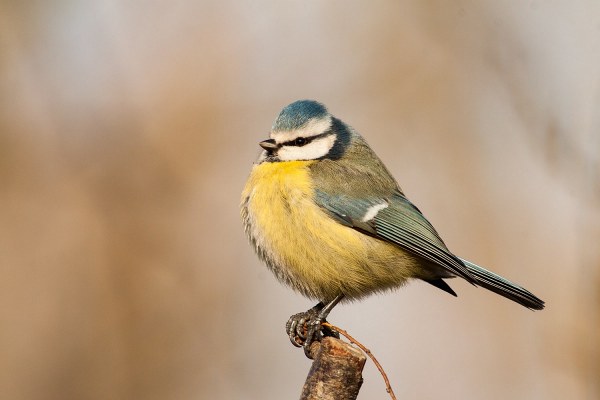

![[retina]](shared_files/layout/retina_badge.jpg)

![[retina]](shared_files/layout/retina_badge.jpg)
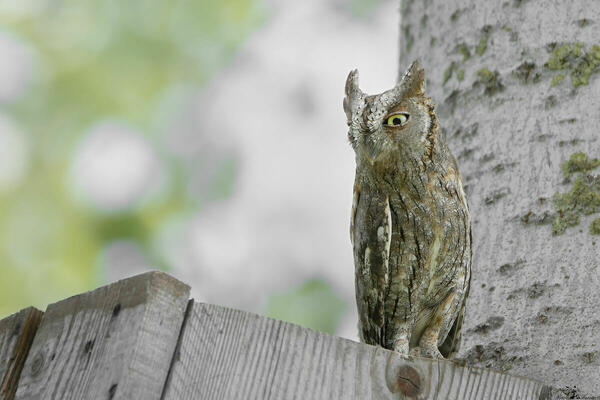
![[retina]](shared_files/layout/retina_badge.jpg)
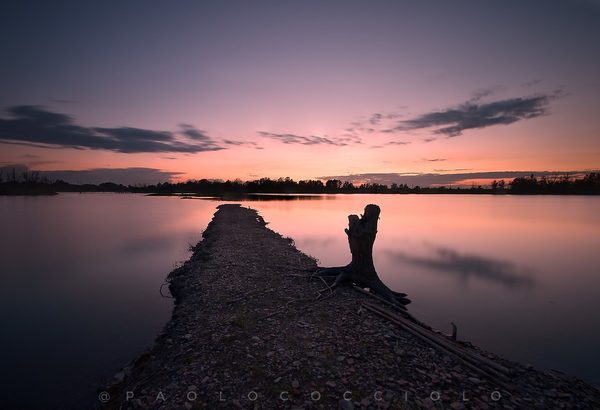

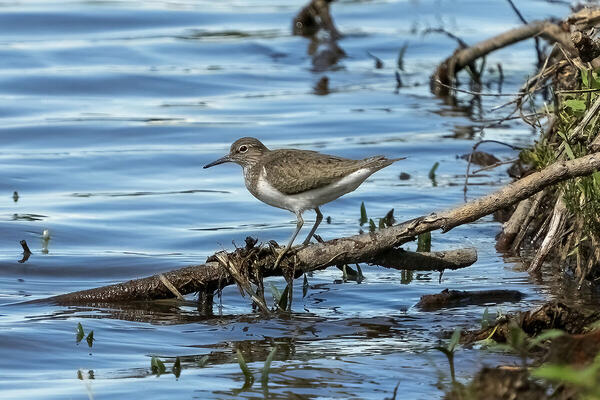
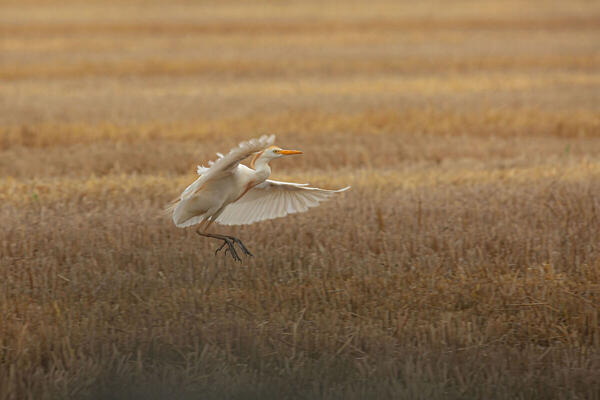
![[retina]](shared_files/layout/retina_badge.jpg)
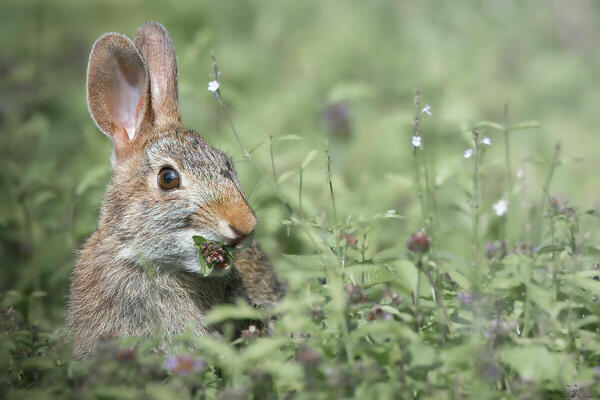
![[retina]](shared_files/layout/retina_badge.jpg)

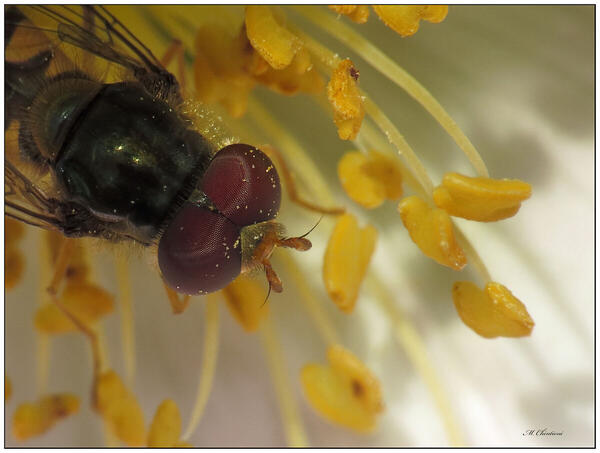
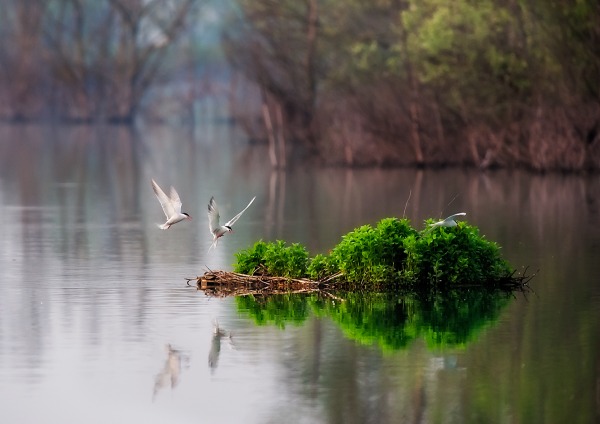
![[retina]](shared_files/layout/retina_badge.jpg)
 JuzaPhoto contains affiliate links from Amazon and Ebay and JuzaPhoto earn a commission in case of purchase through affiliate links.
JuzaPhoto contains affiliate links from Amazon and Ebay and JuzaPhoto earn a commission in case of purchase through affiliate links.